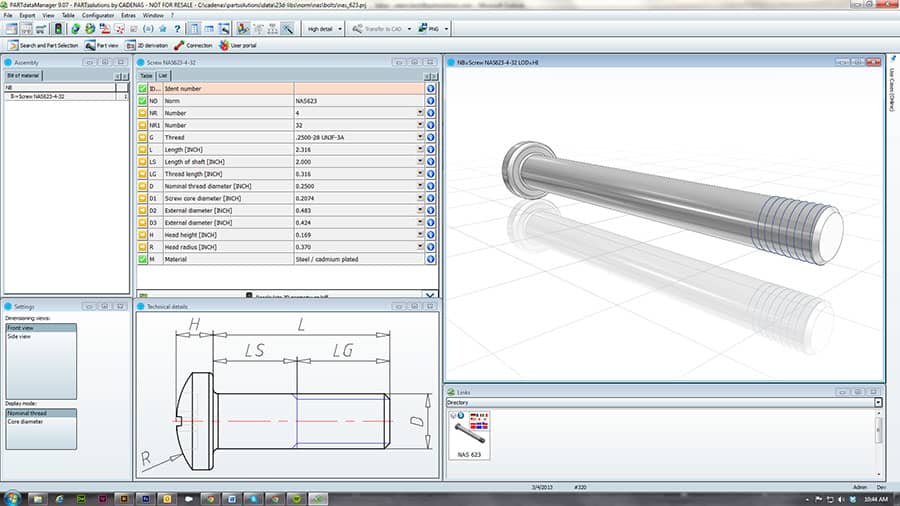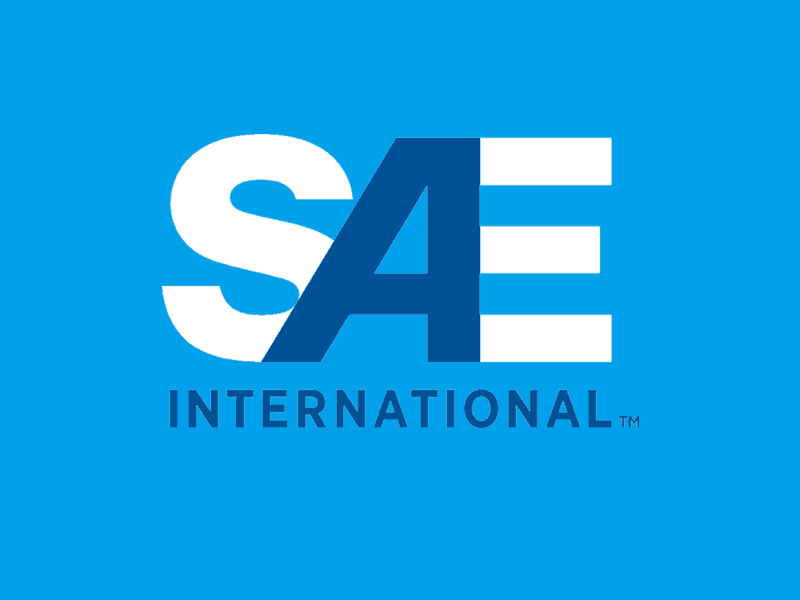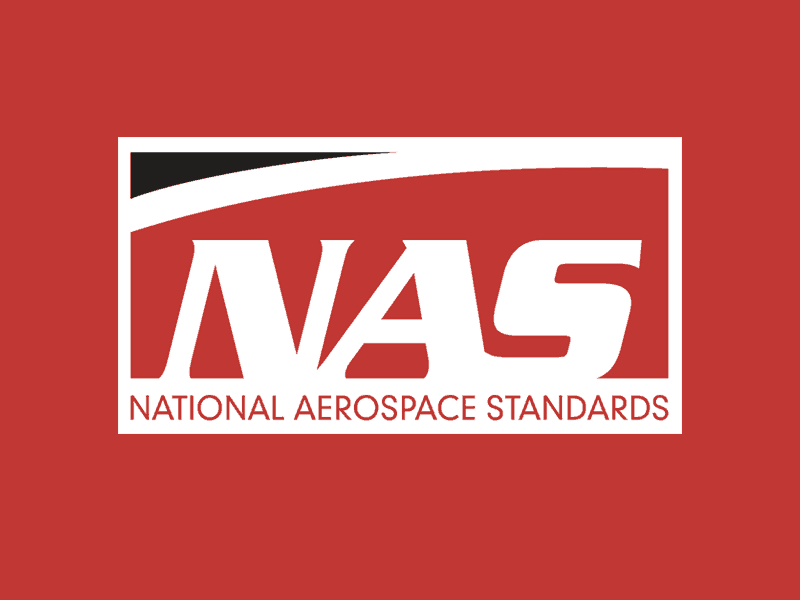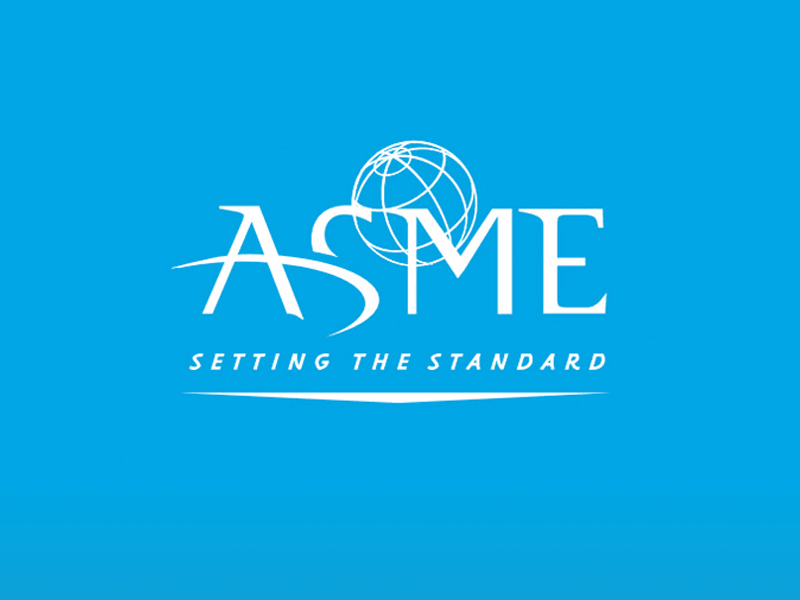AIA NAS Standards in Digital 3D at DMSMS Event
Chris Carnahan, Director of Standardization for the AIA Discusses the Importance of Digital Standards in Aerospace & Defense Engineering
The Aerospace Industries Association (AIA), IHS and CADENAS PARTsolutions showed off the new National Aerospace Standard (NAS) in digital 3D at the Diminishing Manufacturing Sources and Material Shortages (DMSMS) show in Orlando in December.
We caught up with Chris Carnahan, Director of Standardization for the AIA, to talk about the importance of this groundbreaking project and the partnership with IHS and CADENAS PARTsolutions.
This milestone marks the first time in history that an aerospace and defense standard has been made available in digital 3D, giving engineers the ability to quickly locate and output NAS standards in over 150 native CAD and graphic formats. Previously, the NAS standards were only accessible in paper and PDF formats.
About the AIA NAS Standards in Digital 3D
National Aerospace Standards (NAS/NASM/NAM/NA) from the Aerospace Industries Association (AIA) are critical to engineering design in the aerospace and defense industry. Now the AIA/NAS 3D CAD Models solution from AIA, CADENAS PARTsolutions® and IHS Inc. will enable engineers to quickly apply those standards in the course of their design projects.
To simplify and accelerate the aerospace design process, AIA has partnered with CADENAS PARTsolutions and IHS to offer 3D models of the NAS parts standards. Under the partnership, the advanced PARTsolutions eCATALOGsolutions™ tools will be integrated with IHS Standards Expert® and IHS Standards Expert® with Goldfire®, the market-leading engineering knowledge management solutions from IHS. The NAS 3D catalog also will be available as a catalog within the PARTsolutions parts management platform, with available integrations to all major CAD & PLM applications. Using the web-based IHS solutions, engineers can quickly locate appropriate NAS, NASM, NA, and NAM standards and access the integrated PARTsolutions configuration tool to define the required parts based on parameters such as thread size, length, materials, finish and locking type.
The engineer can visualize and refine the specific configured industry-standard model as necessary before generating a 3D model that can be saved into more than 150 native and neutral CAD and graphic formats, versions and revisions, including all major design applications such as Dassault Systèmes CATIA®, Siemens NX®, PTC Creo®, SolidWorks®, Autodesk Inventor® and Siemens Solid Edge®, among many others. The engineer can then insert the model into a computer design, where it can be tested for form, fit and function, as well as included in a bill of materials within the CAD software.
Key Benefits
- Reduced modeling and design cycle times;
- Improved engineering productivity;
- Elimination of duplicated effort and rework;
- Assurance of quality through the use of authorized CAD models;
- Increased consistency in parts used on projects; and
- Greater accuracy in bills of materials.
The Value of “Authorized” Models
AIA has officially sanctioned the creation of the models available through this new solution. This is important because now engineers can download the models with confidence in the accuracy and quality of the information embedded in the models, and the models will always be up to date with the latest revisions to the related standards.
For more information on the National Aerospace Standards program, visit: https://www.aia-aerospace.org/standards/
Adam Beck
Latest posts by Adam Beck (see all)
- 2025 Industrial Marketing Summit Announced for February 26-28 in Austin, TX - May 31, 2024
- Engineering the World’s Longest Solar Eclipse - April 9, 2024
- How AR CAD Models and Apple Vision are Helping Engineers Become Tony Stark - March 12, 2024






